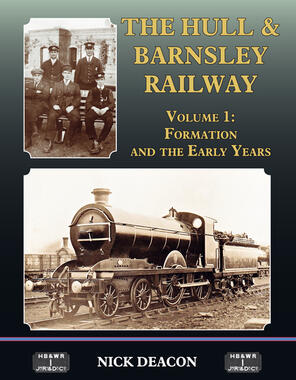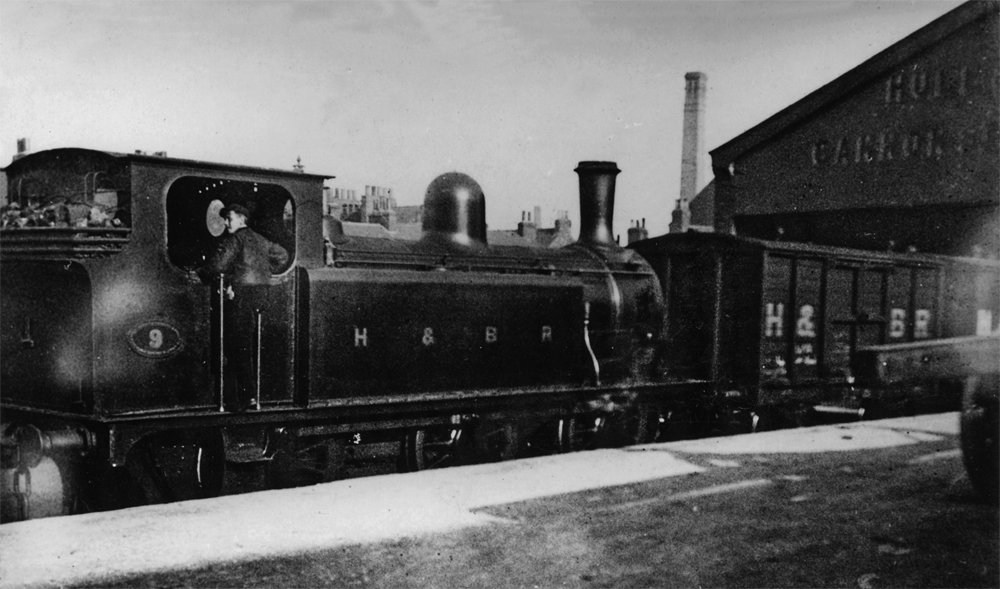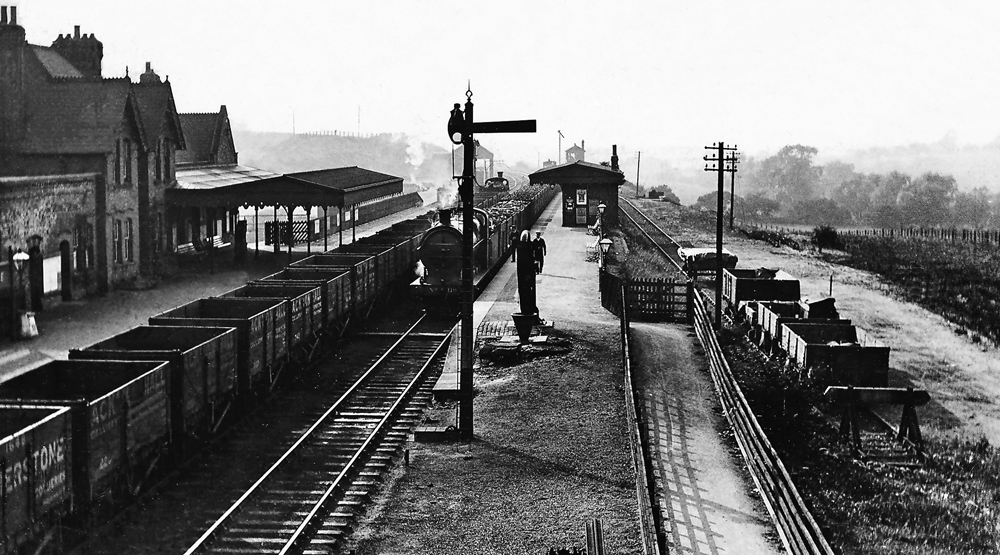The Hull & Barnsley Railway Vol 1

The Hull & Barnsley Railway Vol 1
Formation and the Early Years
Nick Deacon
240 pages. 275x215mm. Printed on gloss art paper with colour laminated board covers.
ISBN13 : 9781911038641
£25.00
Formation and the Early Years
Nick Deacon
240 pages. 275x215mm. Printed on gloss art paper with colour laminated board covers.
ISBN13 : 9781911038641
£25.00
Although the main line route of the Hull & Barnsley Railway plus its associated branches enjoyed a relatively short independent operational life of just thirty-seven years from 1885 until 1922, its importance as a 55-mile conduit from the collieries of South Yorkshire to the Humber was key to the future development of the port of Hull. This volume traces the formation and early years of the company, its struggles to carve out its own share of the lucrative coal traffic and its fight against the competition and intrigues offered by its powerful neighbours – notably the North Eastern Railway and its ally, the Hull Dock Company. Against a background of strong local passions within Hull, and numerous cloak-and-dagger manoeuvres from its competitors to bring about its extinction, it was a miracle the H&BR managed to survive – indeed, it was brought to its knees more than once and amalgamation seemed to offer the only way out. That it not only survived but later went on to achieve a settled existence and regularly paid a worthwhile dividend to its shareholders says much for the fortitude and strength of character possessed by its servants. This profusely illustrated narrative also describes the H&BR’s ‘way and works’, including the company’s ‘jewel in the crown’ that was Alexandra Dock, the diverse personalities involved with its management and also chapters describing the company’s motive power and rolling stock.


The Hull & Barnsley Railway Vol 1 - Sample Images

H&BR No. 9, one of the twelve Kirtley designed ‘A’ Class engines delivered new by Beyer, Peacock in 1884-5. It was still in near original condition when photographed at Cannon Street Goods Station around the time of the First World War. All were withdrawn in 1922. John Alsop collection

A busy view of South Cave station circa 1910. H&BR Class ‘A’ 0-8-0 ‘Tiny’ No. 119 with an eastbound loaded coal train of ‘best Yorkshire’ is held at the Home signal, prior to tackling the 1 in 150 ascent to the summit at Little Weighton, while a westbound 0-6-0 heading a lengthy train of mineral empties pauses to take on water at the platform column. The Class ‘A’ 0-8-0s were rostered to haul forty-five fully loaded 10-ton coal wagons plus a 20-ton brake van (a gross load maximum of 780 tons) between Cudworth and Alexandra Dock, and to return with sixty-five empties – considerably more than that allowed for 0-6-0 types. No. 119 was the third of the class of fifteen built, in March 1907. It became NER No. 3119 in 1923 and then L&NER No. 2500 in July 1924, with reclassification to ‘Q10’ in June 1927. The class had short lives under the L&NER, however, all being withdrawn in 1931, No. 2500 going in May. South Cave’s staggered platforms are well illustrated here. Interestingly, a footbridge is shown on the signalling diagram above but there is no evidence that one ever existed here from these pictures, nor does it appear on the 1890 25 inch OS map depicting the station. The footpath in the right foreground leads to the road overbridge. Mick Nicholson collection
